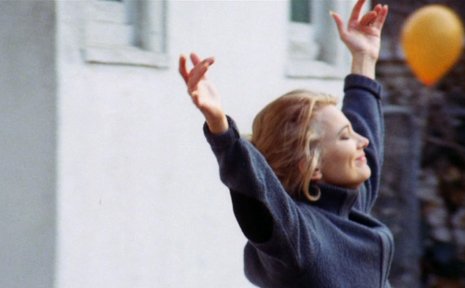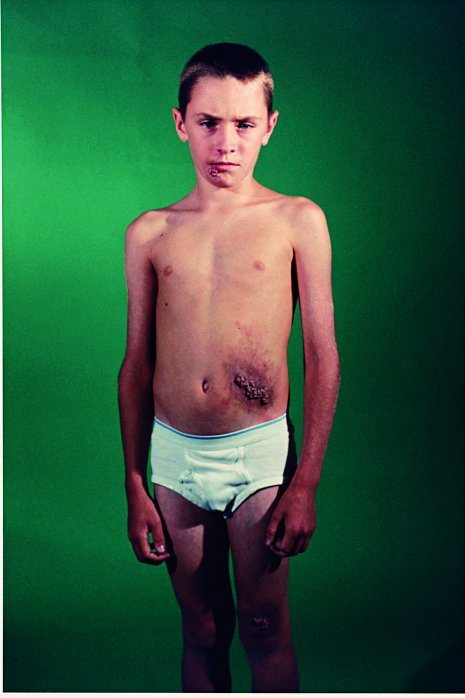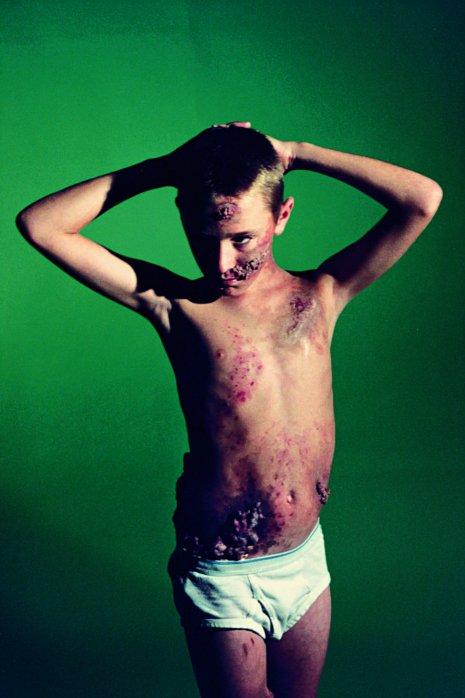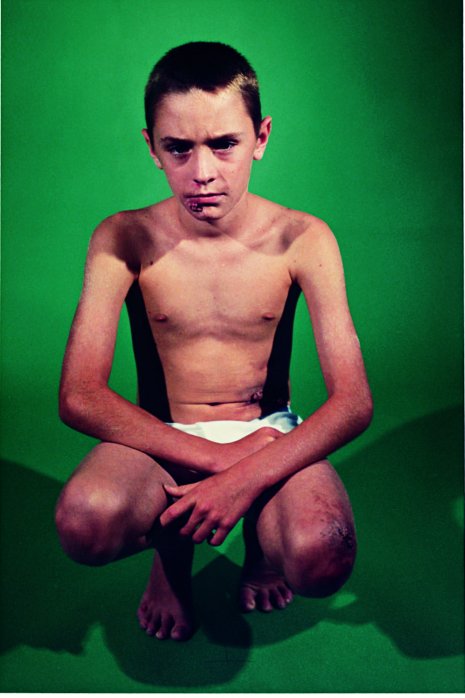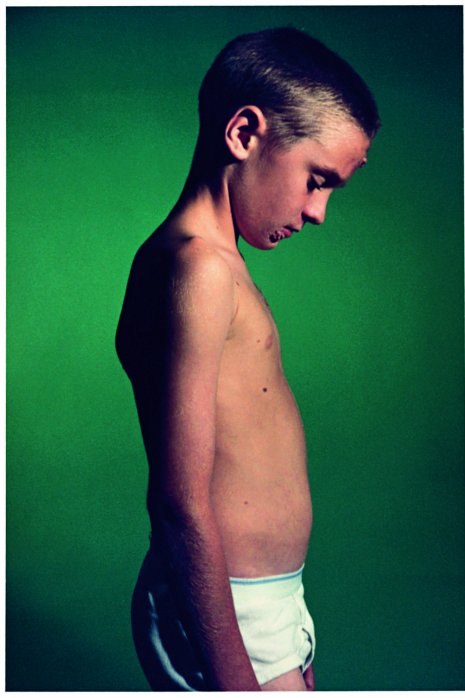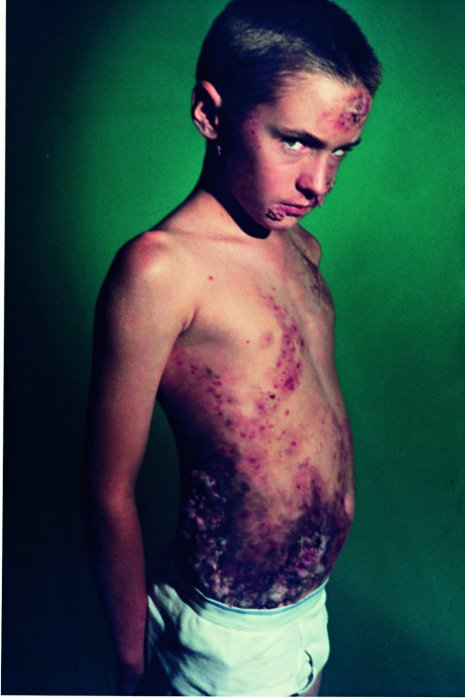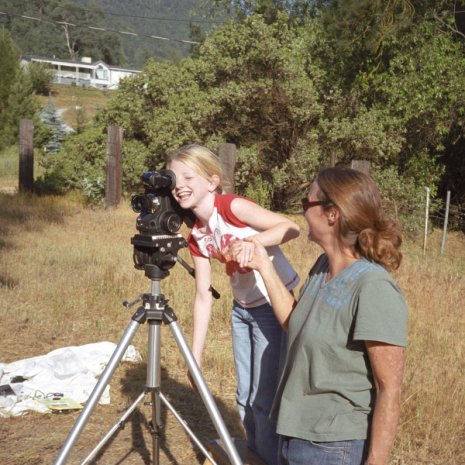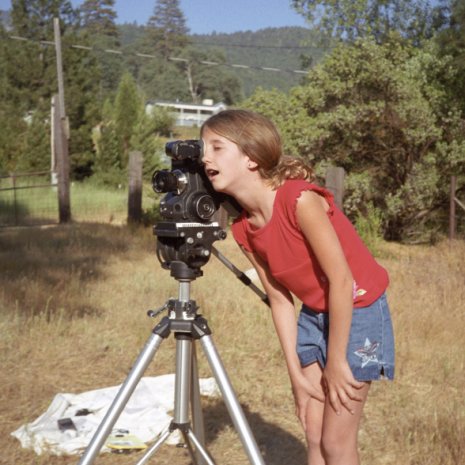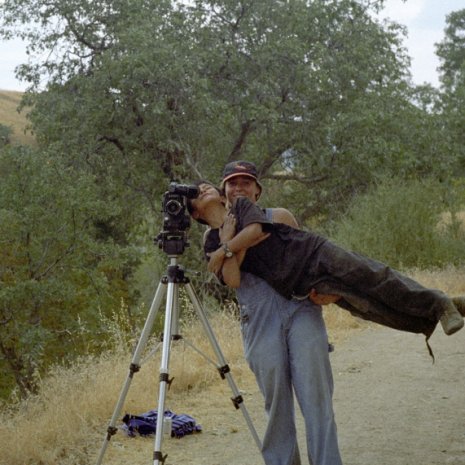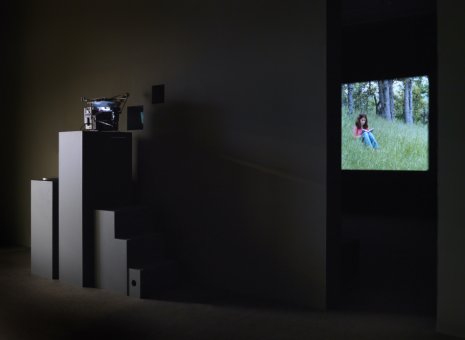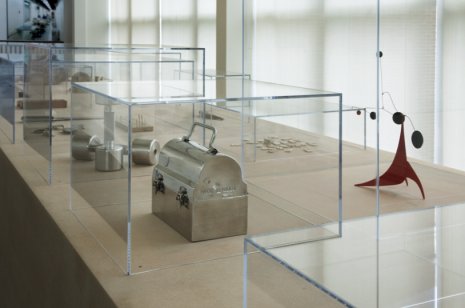Chapter One
What follows is the email conversation between Sharon Lockhart and Lucien Castaing-Taylor, filmmaker/anthropologist, director, Sensory Ethnography Lab, Harvard University, and Herb Alpert Award winner 2013, March-April 2015.
Lucien Castaing-Taylor:
The art world has been abuzz for some years now with invocations of the “ethnographic” and “anthropological,” but often in ways that anthropologists themselves would not recognize, when for example, an art work includes rituals or activities that might be unfamiliar to Euro-Americans or when it features people of a darker hue or those who speak a different language from “white Westerners.” But your engagement with anthropology is more profound. You have often cited Jean Rouch as an influence on you, and in some respects your way of working has affinities with anthropology’s methodology. Some folks consider conceptual art and anthropology as completely alien endeavors, yet you engage them both. What has attracted you to anthropology, and in what ways do you feel influenced by anthropological perspectives? Also, are there ways — formal, conceptual, or otherwise — in which you would consider your own work non- or anti- or even post-anthropological?
Sharon Lockhart:
When I first started my engagement with anthropology, it was among a number of discourses centered on the issue of objectivity in representation. What drew me to it was the fact that no matter how objective photographers and filmmakers attempted to be, the more obvious it was that their subjectivity slipped into the discussion. Rouch interested me because he seemed to embrace this slippage and offered a critical response to mainstream anthropology that flipped the dynamic on its head. In my early work, I was looking for any methodology I could employ to both engage the idea of the document and then somehow undermine it. I was drawn to both the ways in which any photographic or cinematic representation was somehow a document and how those representations were somehow a construction.
My first film was an odd conflation of medical photography and Cassevettian melodrama. My early photographic series also tested the relationship between constructions and documents. When I really began to engage anthropological or ethnological image making, it was because I thought it was a genre filled with paradoxes and inconsistencies that would generate interesting conflicts. I wouldn’t consider “Goshogaoka” or “Teatro Amazonas” successful as anthropological constructions. They were never meant to be that. I don’t think I would even know how to judge them on those terms. In both projects I was interested in the ways they would create a space for viewers to reflect on them as construction and the discourses that lent them their efficacy.
As I’ve continued to work with people I’ve realized how much I enjoy the activity of working with a group and how generative it is for me and the people I work with. In this sense, I’ve found that both conceptual art and anthropology are not really as alien as they might at first appear. Both are activities that embrace the empathic and reject hierarchical interactions.
LCT:
From “Khalil, Shaun, A Woman under the Influence” to the present, your work has moved in many directions, taking inspiration from and entering into dialogue with many related genres, not just anthropology, but also dance, choreography, performance, postmodernism, and educational philosophy. How do you see your practice as having evolved over the last quarter century or so, and do you have any sense of where you are heading now, of ways you’d like to push your work in the future?
SL:
As time has passed, I’ve added methodologies and influences as the work has called for them. Once they enter my knowledge base they are always in the back of my mind when I’m working on something new. For example, I don’t think I would have done “Lunch Break” and “Exit” the way I did if I hadn’t had the interaction I did with postmodern dance during “Goshogaoka.” Similarly, the anthropological stuff I picked up early on has been a part of everything since. When I developed an architectural element to allow me to show “NO” in a gallery, the relationship I established with architecture (and my architectural collaborators EscherGunewardena) continued to develop with each succeeding project. I’ve tried not to repeat the architectural intervention the same way from project to project. As an artist, I see each project as having its own character that calls for its own solutions. So I search around for the answers that can solve the problems a given situation presents. In the process I guess I add elements to my toolbox. I’m willing to look anywhere and perhaps that’s what leads to my schizoid practice pulling in so many different directions.
The new bodies of knowledge and methodologies also keep it interesting for me. It’s so exciting when I find something new. Noa Eshkol was a revelation to me and I loved working with her archive. Korczak was also a revelation and gave me a way of contextualizing what I was doing in Poland. With those examples in mind, it is hard to predict where the work will go in the future. Right now I’m working to arrange continued interactions with the Polish girls. I am looking at 2 or 3 more summers with them and want to bring a different perspective to each interaction. Last fall I was asked to make a presentation on Steve Paxton at Dia and it reminded me of all the research I did for “Goshogaoka,” so I’m trying to arrange for a Contact Improv person to come spend some time with the girls. I realized after looking at the footage from last summer that language and translation presented a new set of unanticipated issues and opportunities. As I work to resolve those, I’m sure I’ll find some new directions I might work with in the future.
LCT:
Occasionally you have worked with material objects, introducing a sculptural dimension to your work, and implicitly interrogating conventional conceptions of the relationship between art and the everyday. A cooler, a toolbox, objects crafted by your film or photographic subjects, even a special issue of a newspaper... What was the motivation to expand your installation practice in this way? How do you think their materiality interacts with the sense of presence and aesthetics of your photographic images and films?
SL:
One of the issues presented by the “Lunch Break” project was how I could include the workers in a way that both honored them and was engaging for them as participants. Newspapers were ubiquitous in the shipyard and so I developed the idea of a newspaper that everyone could take part in that would reenter the daily life of the factory. There were two editions corresponding to two of the Lunch Break exhibitions – one for San Francisco and one for Maine, for which I enlisted workers, family, friends, artists, and curators to contribute stories about labor and lunchbreaks. Everyone I invited accepted the invitation and its one of my favorite publications. Newspapers fit perfectly in the factory since they are an analogue technology. Looking back just a few short years I wonder if smart phones have started to push out the piles of newspaper in the yard.
When I did the exhibition at Colby, they had asked me to curate rooms with objects from their collection and, since it was a venue the workers would come to, I came up with the idea of presenting objects the workers made in the exhibition along with objects relating to labor from other Maine institutions. I also added the newspaper into the show like a pamphlet that viewers could take. Together with EscherGunewardena, we designed volumes to hold the objects in a nonhierarchical way. For instance, Calder is presented alongside a lunchbox or a worker’s tools. (note: you can see this in Colby image, Calder closeup) I really liked the results of this collaboration and so I tried to find a way of pushing it further with the Noa Eshkol exhibitions. For those shows we designed vitrines to show Eshkol’s archives and plinths for her textile designs. The vitrines were made by a local craftsman, whose objects we also displayed in the exhibition, and they were made with incredible craftsmanship – the workers who viewed the exhibition specially remarked on the craftsmanship of the vitrines.
I see the materiality of these interventions as an extension of the architectural interventions I did with “NO” and “Pine Flat” as well as an extension of the relational aspects of the film projects. As with the architecture, I hoped audiences would consider the exhibition space as part of the filmic experience, in a way reframing the film in relation to the space. One issue that I think often gets lost with film is the collaborative part of it, how the subjects of the film are really participants in its construction. As I’ve come to realize how much the process of working with people is part of the project, I’ve tried to make that aspect more visible.
""In my early work, I was looking for any methodology I could employ to both engage the idea of the document and then somehow undermine it.""


